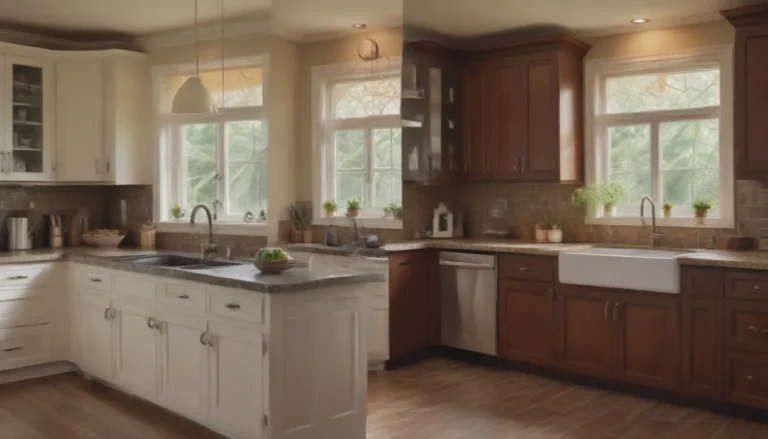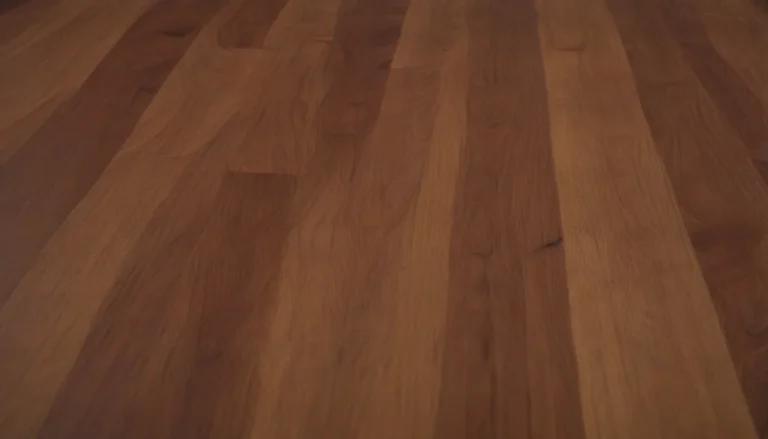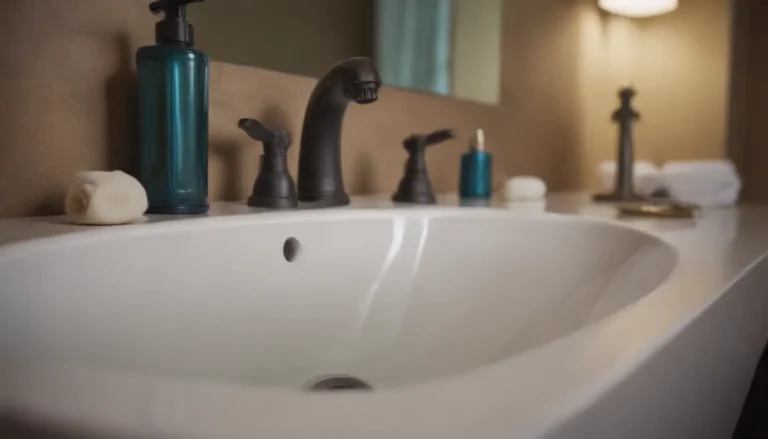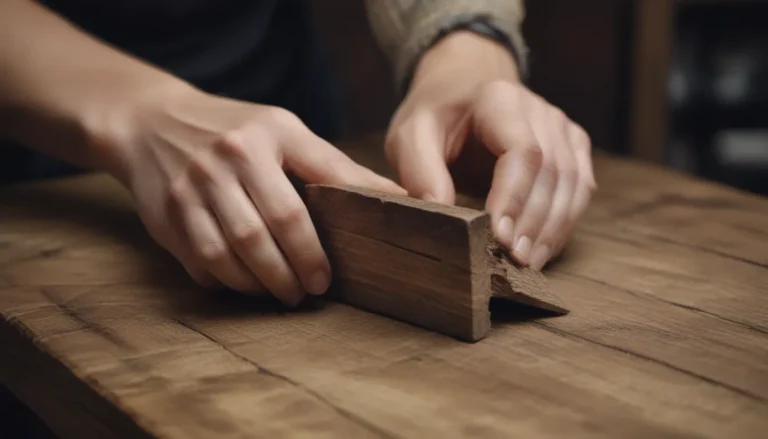Metal Roofing vs. Shingles: A Comprehensive Comparison
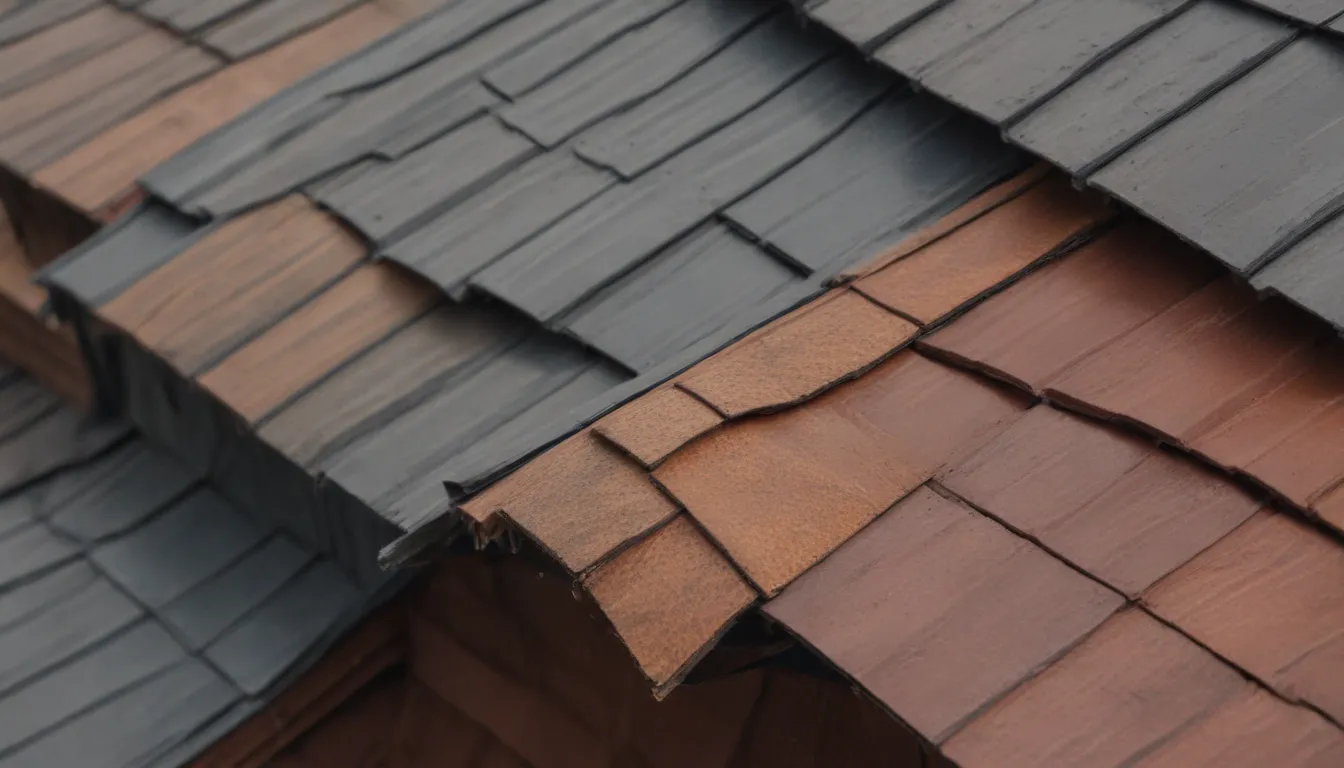
Are you looking to replace your roof and torn between the classic appeal of shingles or the modern aesthetic of metal roofing? Both options have their pros and cons, so it’s essential to understand the key differences to make an informed decision. In this article, we will delve into the major disparities between metal roofs and shingles, examining aspects such as appearance, water and heat resistance, eco-friendliness, durability, maintenance, installation, cost, and lifespan. Let’s explore these factors to help you determine which roofing option is best suited for your needs.
Metal Roof vs. Shingles: Major Differences
When it comes to metal roofs vs. shingles, there are several critical distinctions to consider:
- Metal roofs offer a modern or minimalist look, while shingles provide a classic appeal.
- Metal roofs are significantly more expensive than shingles, but they are more durable and resistant to damage.
- Shingles are easier and less costly to repair, making them a budget-friendly option.
- Metal roofs have superior resistance to fire, heat, and water, but can be prone to rust in coastal areas.
- Shingles last about 20 to 50 years, while metal roofs can withstand up to 75 years.
Appearance
-
Metal Roofing: Metal roofing comes in various materials such as steel, aluminum, tin, and copper, offering a modern and sleek appearance. Homeowners can choose from options like metal shingles, corrugated roofing, or clay tile-inspired metal roofing for a unique look.
-
Shingles: Shingles provide a classic look with a wide range of colors, styles, and thicknesses to enhance the home’s aesthetics. However, they may not offer the same minimalist design as metal roofing.
Water and Heat Resistance
-
Metal Roofing: Metal roofs excel in heat and fire resistance, as well as durability against heavy winds, rain, snow, and ice. However, they are vulnerable to saltwater, making them less suitable for coastal homes.
-
Shingles: Shingles are designed to be fire-resistant, heat-resistant, and water-resistant but may not match the durability of metal roofing. They can be prone to tear in heavy winds and develop mold if not regularly maintained.
Eco-Friendliness
-
Metal Roofing: Metal roofing can be eco-friendly if made from recycled materials. Be sure to check the product details before purchasing to ensure its sustainability.
-
Shingles: Shingles are petroleum-based products that are not recyclable, contributing to landfill waste. However, asphalt shingles can be recycled into pavement and new shingles.
Durability and Maintenance
-
Metal Roofing: Metal roofs are highly durable and require minimal maintenance. They can withstand various weather conditions and are long-lasting. However, repairs can be expensive.
-
Shingles: Shingles offer moderate durability but may require regular cleaning and maintenance. They are easy to repair and replace, making them a DIY-friendly option.
Installation
-
Metal Roofing: Installation of metal roofing is best handled by professionals due to its complexity. Repairs should also be done by trained experts to ensure proper fixes.
-
Shingles: Shingles can be installed by professionals or experienced DIYers. Minor repairs can be easily managed without professional assistance.
Cost
-
Metal Roofing: Metal roofing is a premium option that comes with a higher price tag, ranging from $5,700 to $25,000, depending on the material. Copper roofs can cost even more.
-
Shingles: Shingles are more budget-friendly, with costs averaging between $5,750 to $12,200. DIY installation can further reduce expenses.
Lifespan
-
Metal Roofing: Metal roofs have a lifespan of 50 to 75 years, offering long-term durability. However, saltwater exposure in coastal areas can impact longevity.
-
Shingles: Shingles typically last 20 to 50 years with proper maintenance. Regular repairs may be needed to ensure longevity.
Making the Decision
In conclusion, both metal roofing and shingles have their unique advantages and drawbacks. Metal roofing stands out for its durability, eco-friendliness, and longevity, making it a superior choice for homeowners willing to invest in a long-term roofing solution. On the other hand, shingles offer affordability, ease of installation, and repair, making them a practical option for those on a tight budget.
When making your decision, consider factors such as your budget, aesthetic preferences, climate, and long-term maintenance needs. Ultimately, whether you choose metal roofing or shingles, ensure that the selected option aligns with your requirements and complements your home’s style.
Remember, a roof is a vital component of your home, so invest in quality materials and professional installation to safeguard your property for years to come. Whether you opt for the sleek allure of metal roofing or the timeless charm of shingles, prioritize durability and performance to protect your investment.
Now that you have a comprehensive understanding of the differences between metal roofs and shingles, you can make an informed decision based on your specific needs and preferences. Choose the roof that best suits your home and enjoy the benefits of a durable and stylish roofing solution for years to come!
